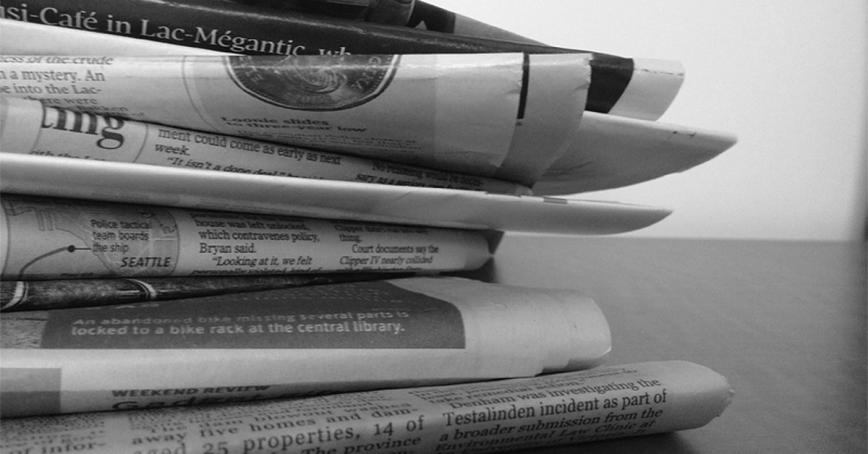Bird on the legacy of the atomic bomb in Canada
Topics
Share online

Canadian Geographic magazine has featured an article by war heritage expert Prof. Geoff Bird regarding his recent film project, A Moral Awakening. The film explores the role of the Dene of Délįnę in mining for ore used in atomic bombs during the Second World War. A Moral Awakening is featured in a virtual showcase hosted by the Royal Roads Library.
Here is an excerpt from Bird’s article, which was first published in The Conversation Canada:
The film contributes to understanding of the global impact of nuclear weapons and its contested history. But the main goal of A Moral Awakening is to acknowledge the service and sacrifice of the people of Délı̨nę, a story long silenced.
The geographies of the film are spread across Canada, connected through the mining and transportation of uranium ore. The ore was mined at Port Radium on Great Bear Lake, N.W.T., and then transported to Port Hope, Ont., for refining, finally ending up in the United States for use in the Manhattan Project. Of the total amount of uranium used, 80 per cent was refined in Port Hope and 11 per cent came from Port Radium.
The people of Délı̨nę were hired to work as ore bag carriers and on the barges. In the decades that followed, many began to reflect on the impact of the mining and the legacy of the atomic bomb on the health and spiritual well-being of the community and its people.
In A Moral Awakening, the people of Délı̨nę demonstrate their fortitude as the community moves forward with greater control of its own future owing to self-government.
As a non-Indigenous person, I am inspired by the people of Délı̨nę. This story is about the strength, courage and perseverance of a culture and a community, universal messages that are particularly relevant today.
This article appeared in Canadian Geographic.